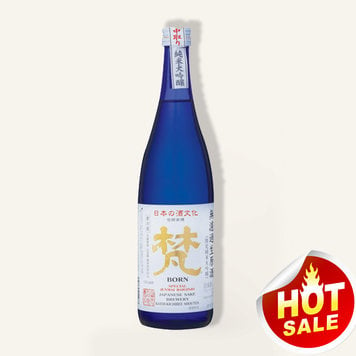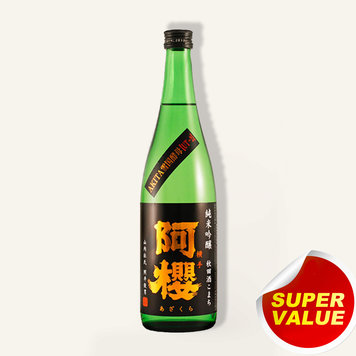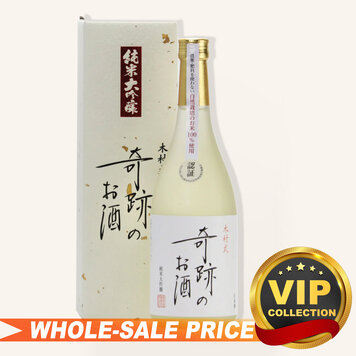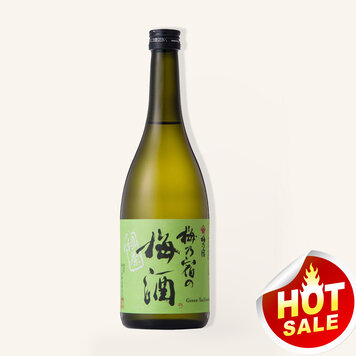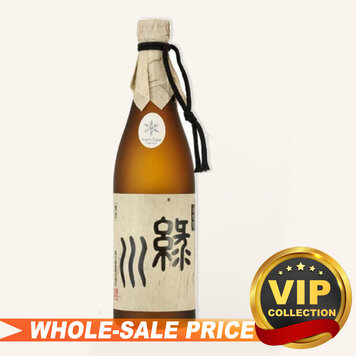| Brand | Dassai |
| Region | Japan |
| Spirits Type | Sake |
| Spirits Style | Sparkling sake |
| ABV | 13% |
Product details
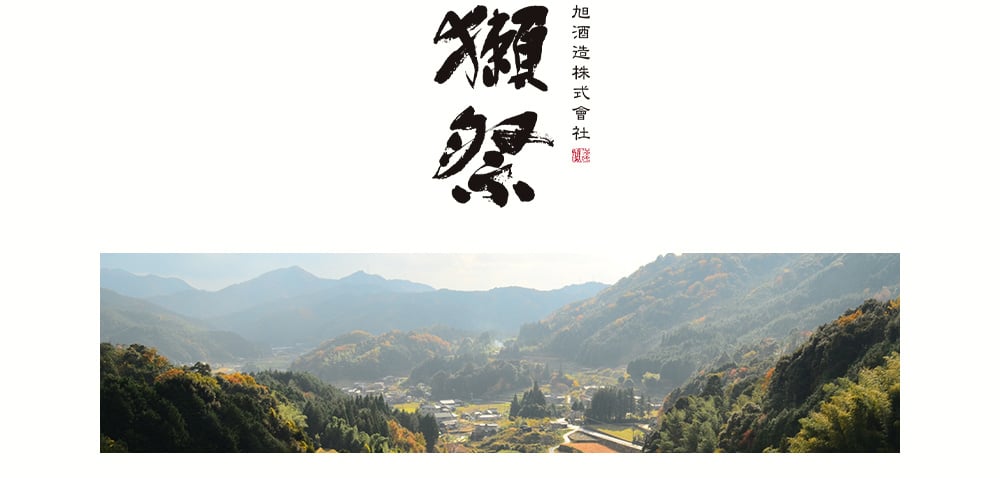
An extraordinary and meticulously crafted sparkling sake that epitomizes the artistry and excellence of Japanese sake production. Say goodbye to Dassai Sparkling 50 and say hello to Sparkling 45, yet another Daiginjo from this ultra-popular sake brewery. Lively, zesty, bubbly, bright, and creamy, this sake excels in a Champagne flute. Is it trying to be “like champagne”? No, not at all, because it’s made with the best sake-brewing rice called Yamadanishiki, and its sake! But it has many similarities in taste and feel. There are lots of small, gentle bubbles and a semi-dry fluid that lifts in the glass and palate.
Dassai Sparkling 45 Junmai Daiginjo Sake is a true representation of the finesse and innovation of Japanese sake production. It captures the essence of fruit, balance, and sparkling quality, making it an ideal choice for those who seek a unique and vibrant sake experience. Whether you're enjoying it on a special occasion or exploring the world of sparkling sake, Dassai Sparkling 45 promises a refreshing and memorable beverage that celebrates the very best of Japanese sake culture.
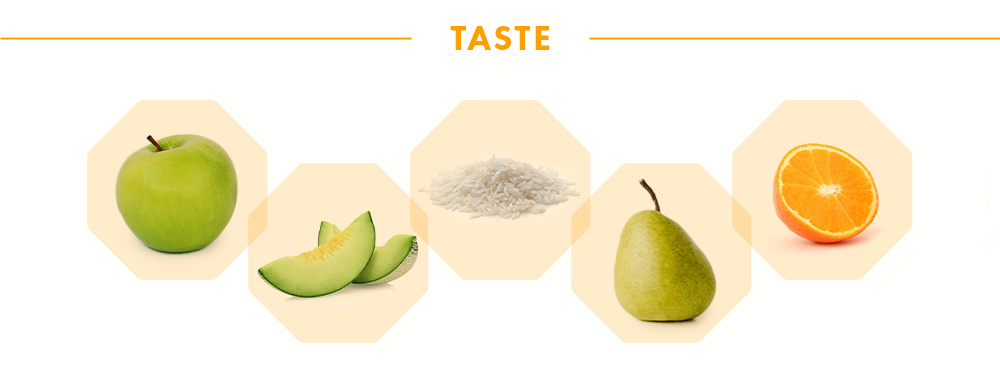
The aroma of this sake is a blend of fruity notes and rice, with hints of green apple, melon, pear, and citrus. The palate is refreshing with a balance of fruitiness and effervescence, with a playful mouthfeel. The finish is clean, effervescent, and slightly sweet, making it an elegant choice.

Dassai Sparkling 45 Junmai Daiginjo Sake is a versatile sake that pairs well with Japanese and fusion cuisine, including sushi, sashimi, tempura, salads, seafood, and dishes with a touch of spice. It's also perfect for Japanese desserts like mochi or fruit-based sweets.
The best serving temperature is 10 to 12 °C (50 to 54 °F).
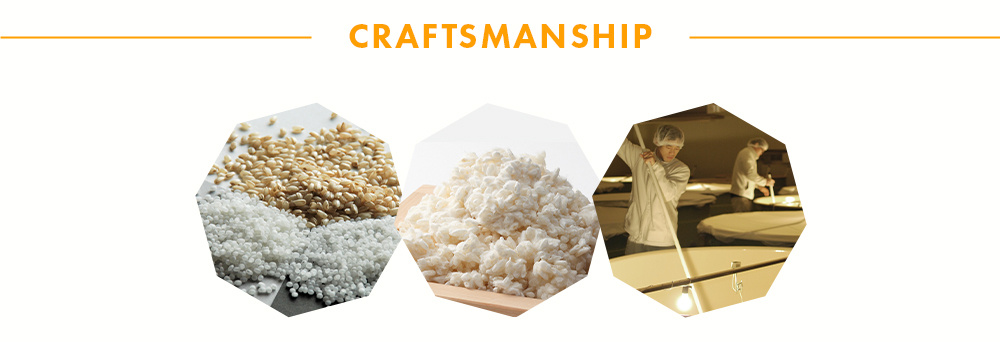
Through crises and difficulties, Asahi Shuzo has carefully innovated its unique way of brewing sake. After the rice is polished and brought into the sakagura, it loses a great deal of moisture due to the frictional heat of the polishing process, which takes up to 144 hours.
A suitable rice for fermentation would need to maintain its enzymatic power during the long 45-day fermentation period. So, it is necessary to make steamed rice that is hard on the outside and soft on the inside. Making koji is the most important task in sake crafting; keeping the yeast suitably supplied with glucose allows for optimal control of the sake fermentation speed.
All of their moromi (i.e., fermenting mash) are fermented at low temperatures for a long time, just as other producers would do for a special craft, for example, participating in a sake competition.




